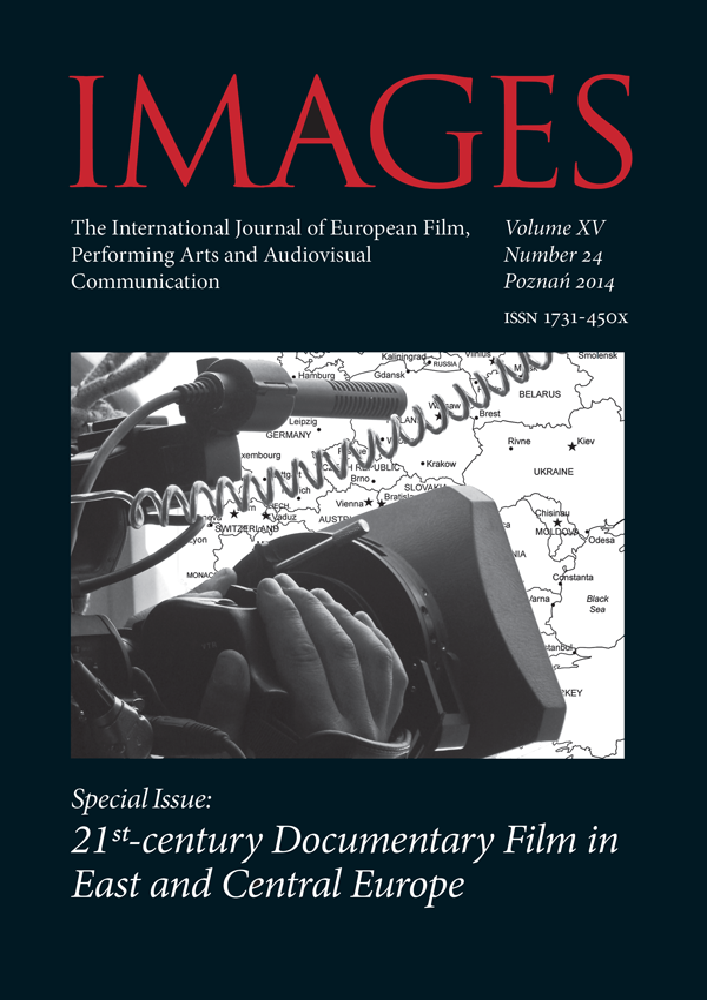Abstrakt
The peculiarity of the films by Ulrich Seidl lies in the fact that the Austrian director combines freely the feature and documentary film techniques. This makes classifying his works not only impossible, but also pointless. Nevertheless, Seidl was perceived by critics as a documentary film director until he shot “Dog Days” in the year 2001. This film is regarded as a kind of a turning point in his career, a transition from documentary to fictional filmmaking. In fact it is hard to speak of a fundamental change in this instance. It seems more appropriate to perceive Seidl’s work as the director’s own consistently developed concept of cinema. The category of authenticity in meaning, contained in a definition formulated by the German film theoretician Manfred Hattendorf, proves to be very useful for describing the characteristic features of Seidl’s works. The techniques applied by Seidl in order to achieve the impression of authenticity by the viewer also bring to mind the voyeur’s perspective.
Bibliografia
J. Gębski, “Kilka paradoksów o filmie dokumentalnym”, Kwartalnik Filmowy 1998, no. 23, p. 130.
G. Wojtowicz, Rozmowa z Ulrichem Seidlem, twórcą filmu „Upały”, <http://stopklatka.pl/-/6654118,rozmowa-z-ulrichem-seidlem-tworca-filmu upaly> (accessed: August 24th, 2013).
C. Wulff , Welt ohne Mitleid, in: Gegenschuss: 16 Regisseure aus Österreich, ed. Peter Illetschko, Wespennest, Wien 1995, p. 243.
B. Nichols, Introduction to Documentary, Indiana University Press, Bloomington 2001, p. 99.
F. Lamp, Die Wirklichkeit, nur stilisiert. D Filme des Ulrich Seidl, Büchner-Verlag, Darmstadt 2009, pp. 13–14.
D. Bordwell. K. Thompson, Film Art: an Introduction, McGraw-Hill, New York 2008, p. 339.
Ch. Hochhäusler, “Die Methode Seidl”, in: Revolver: Kino muss gefährlich sein, ed. M. Seibert, Verlag der Autoren, Frankfurt am Main 2006, p. 330.
M. Hattendorf, Dokumentarfi lm und Authentizität. Ästhetik und Pragmatik einer Gattung, UVK, Konstanz 1999, p. 67.
M. Frey, “Th e Possibility of Desire in a Conformist World: Th e Cinema of Ulrich Seidl”, in: New Austrian Film, ed. R. von Dassanowsky, O.C. Speck, Berghahn Books, New York–Oxford 2011, p. 189.
L. Mulvey, Visual and Other Pleasures, Indiana University Press, Bloomington 1989, p. 16.
M. Przylipiak, Poetyka kina dokumentalnego, Pomorska Akademia Pedagogiczna. Wydawnictwo Uczelniane, Gdańsk–Słupsk 2004, p. 172.
Licencja
Copyright
© 2014 Uniwersytet im. Adama Mickiewicza w Poznaniu
OPEN ACCESS
